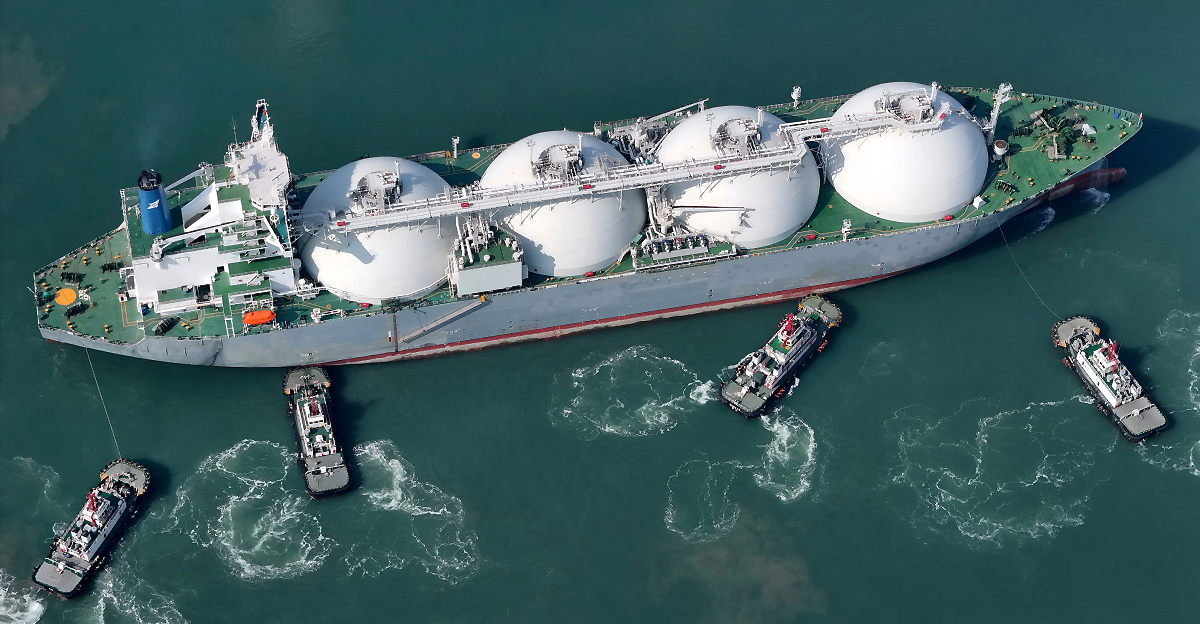
This breakthrough has been years in the making, driven by Canada’s strategic push to diversify its energy trade beyond its sole buyer, the United States. As one of the world’s top natural gas producers, Canada had long exported gas exclusively by pipeline to the U.S., but shifting geopolitics and trade tensions accelerated the desire for new markets. “This is something Canada really needs right now,” said LNG Canada CEO Chris Cooper, citing heightened trade frictions with the U.S. and the need for alternatives.
The LNG Canada project gained export approval in 2013 and commenced construction in 2018, reflecting nearly a decade of planning and construction before finally launching exports in 2025.
Asian Markets Gain a New, Reliable Energy Source
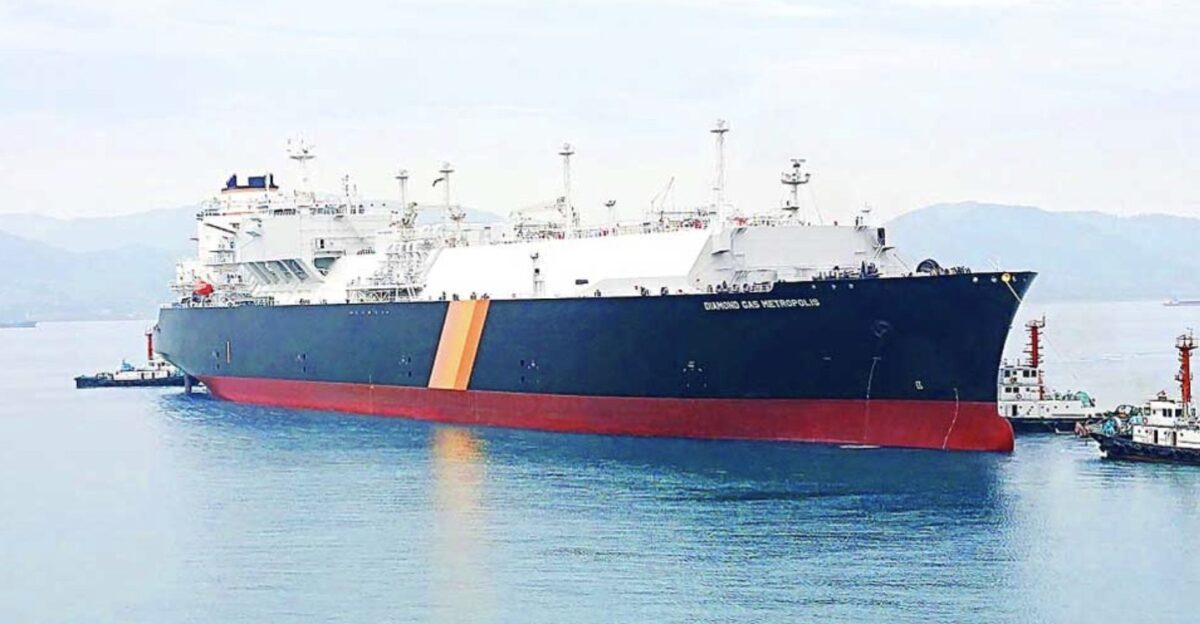
For Asian importers, Canada’s LNG debut comes at an opportune time. This west-coast Canadian supply route cuts voyage times to Asia in half – about 10 days versus 20 days from U.S. Gulf Coast terminals – by sailing directly across the Pacific and avoiding the Panama Canal. The faster, more direct deliveries from Canada offer Asian buyers a valuable hedge against potential chokepoints and geopolitical risks.
In fact, the first Canadian LNG is landing amid global energy upheavals: conflicts near the Strait of Hormuz and Red Sea have underscored how fragile key gas shipping lanes can be.
New Competition & Diversification
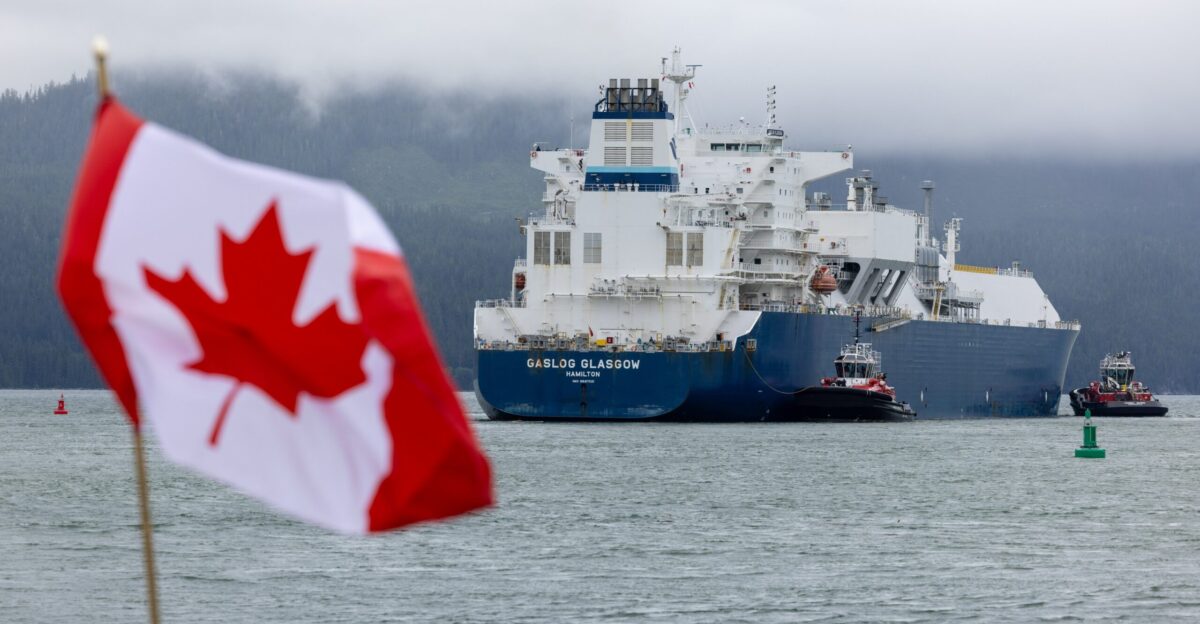
Canada’s leap into overseas LNG exports is altering North America’s energy dynamics. Until now, virtually all Canadian gas exports flowed south to the U.S., often at steep discounts. With LNG Canada online, producers in Western Canada have a new outlet to sell gas at global prices, which is likely to reduce the volumes sent to U.S. markets.
The timing is notable: this launch comes after the U.S. spent the last decade rapidly expanding its own LNG exports (becoming the world’s largest LNG exporter) while Canada lagged behind. Now Canada is racing to catch up, offering some competitive advantages. The Kitimat terminal’s Pacific location eliminates the need for Panama Canal transit, giving Canadian cargoes a shorter route to Asia compared to U.S. Gulf Coast LNG.
Jobs, Investment and Local Benefits

The launch of LNG exports represents a major economic boon for Canada, especially for British Columbia. Building the LNG Canada facility and its associated pipeline pumped billions into the economy and created thousands of jobs. Over the course of construction, more than 50,000 Canadians worked on LNG Canada’s Phase 1, from engineers to tradespeople. At peak, about 9,000 workers were on site, and now hundreds of permanent positions will support ongoing operations.
The project also channeled huge investments to local communities and Indigenous enterprises – over C$5.8 billion in contracts have been awarded to businesses in B.C., including Indigenous-owned companies.
High Costs and Tough Competition Cast Shadows
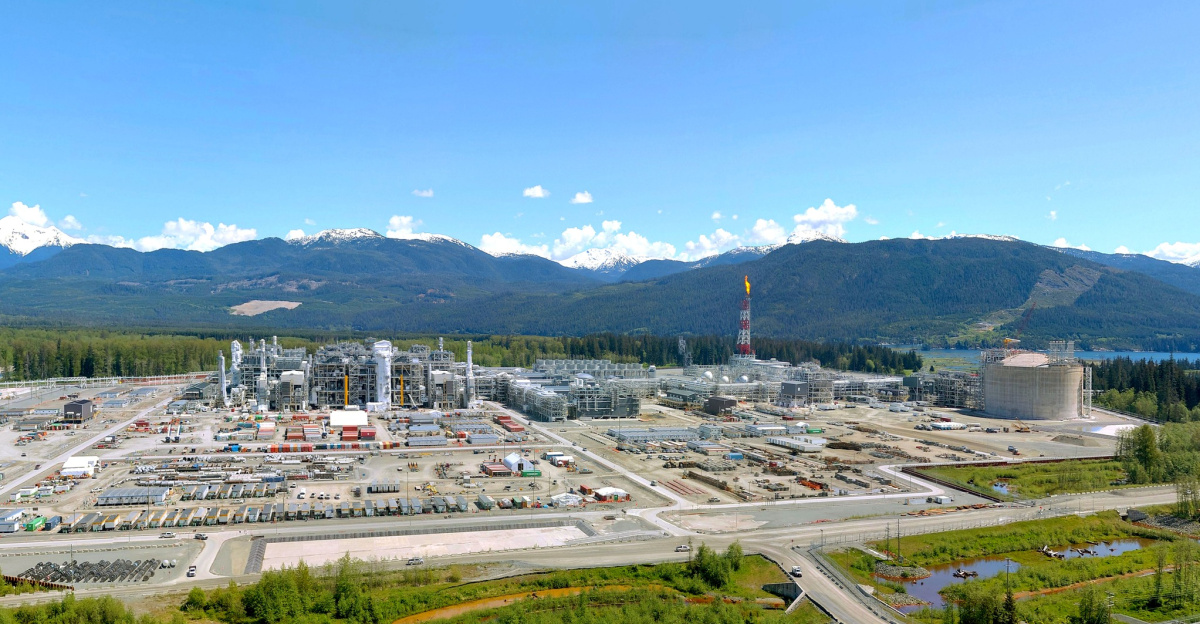
Despite the celebratory mood, energy experts caution that challenges lie ahead for Canada’s LNG ambitions. Mega-projects like LNG Canada come with daunting costs: constructing a new export terminal and hundreds of miles of pipeline through remote northern B.C. proved far more expensive and complex than similar projects on the U.S. Gulf Coast.
“Constructing new Canadian LNG facilities and pipelines along British Columbia’s remote northern coast is more challenging and expensive than along the U.S. Gulf,” noted RJ Johnston, a public policy expert at the University of Calgary.
Climate Questions Linger Over LNG Exports
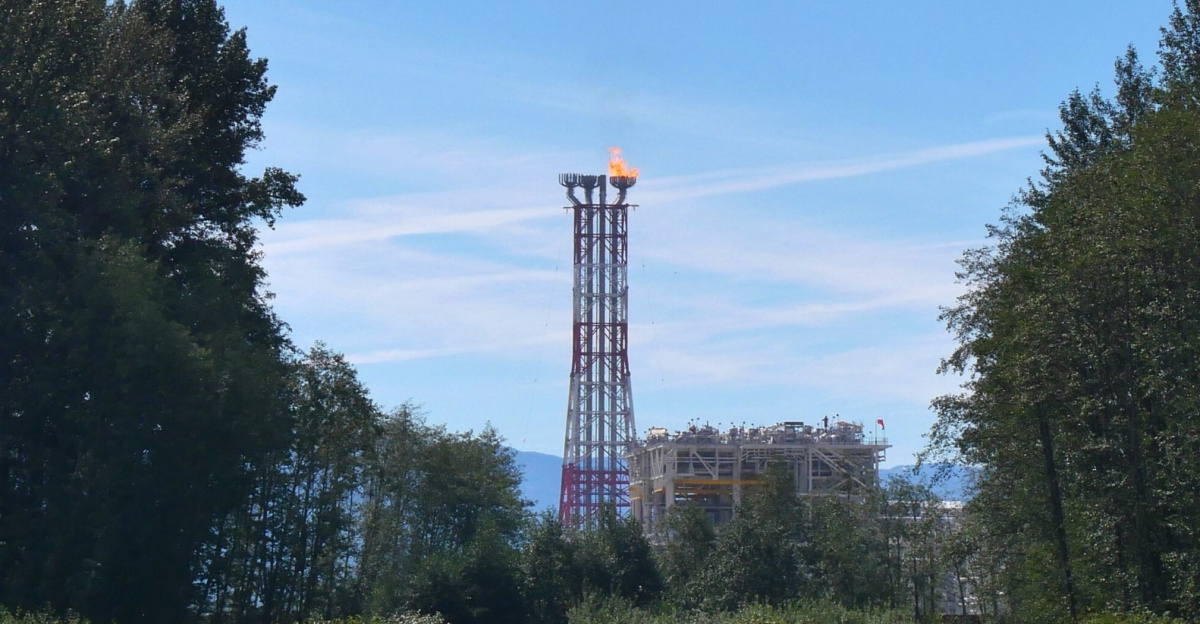
The dawn of Canadian LNG exports also raises critical climate questions. LNG is often touted as a cleaner-burning fuel to help countries transition off coal, and proponents argue that Canadian gas can displace dirtier energy sources abroad. Indeed, project backers emphasize that this “responsibly produced” Canadian LNG can lower global emissions by supplanting coal-fired power, and the government has framed the exports as part of a “lower carbon energy” delivery to the world. However, environmental experts and critics are less optimistic. They note that LNG production and shipping are energy-intensive and risk locking in significant greenhouse gas emissions for decades.
The LNG Canada development itself relied on gas-fired turbines during this first phase, and any expansion will need to curb emissions to align with climate goals. Critics warn that heavy investments in new fossil fuel infrastructure could delay the shift to renewables and leave Canada and importers exposed if climate policies tighten.
More LNG to Come?
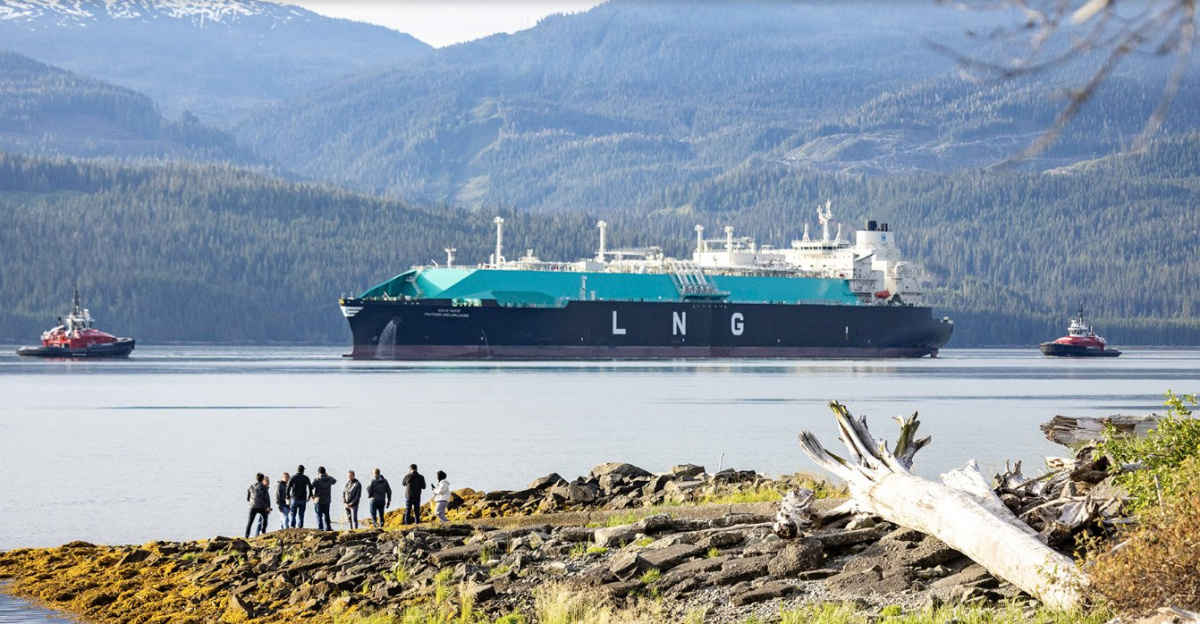
With the first LNG train up and running, all eyes are on what comes next. LNG Canada’s partners are already examining a Phase 2 expansion that would double the facility’s capacity to 28 mtpa (million tonnes per annum) by adding two more gas liquefaction trains. Shell’s global gas president, Cederic Cremers, said the joint venture is working toward a final investment decision as soon as 2026 to expand the project.
If greenlit, the second phase could come online later this decade, further boosting Canada’s export volume. Interest from Asian investors is growing too – officials have noted that companies in Japan and elsewhere have expressed interest in backing an expanded Canadian LNG output during trade visits.
What It Means for Canadians
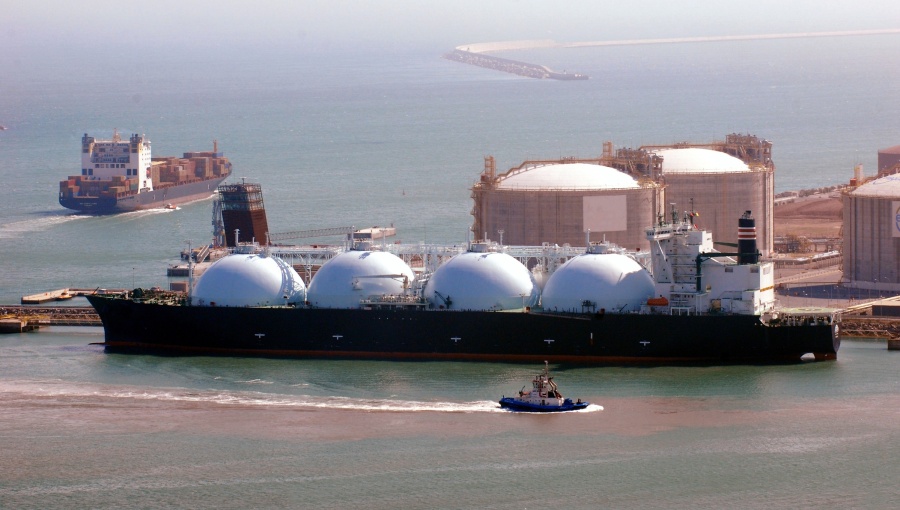
For Canadians, the launch of LNG exports brings a mix of economic benefits and potential risks. On one hand, a flourishing LNG export industry could bolster national revenues, support jobs in the gas fields of British Columbia and Alberta, and reinforce Canada’s reputation as an energy powerhouse. Government coffers may gain from export taxes and royalties, and communities could see continued investment from energy companies.
But linking Canada’s natural gas to overseas markets also means domestic gas prices could become more volatile. As Canadian supply gets shipped abroad to meet global demand, local consumers might eventually feel price impacts, especially in the winter months.
A New Era Begins
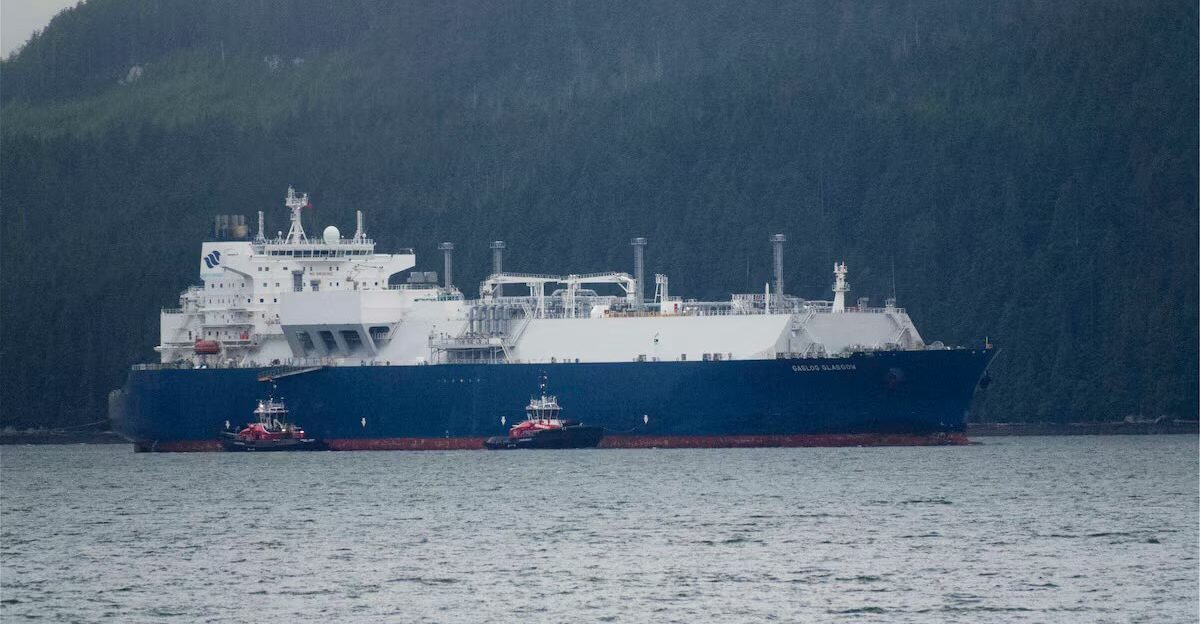
As the GasLog Glasgow tanker sails off with Canada’s first LNG cargo, it carries more than super-chilled gas; it carries the weight of expectations for a nation’s energy future. This single shipment signals Canada’s arrival on the global LNG stage, ending years of “will-they-won’t-they” speculation. “LNG Canada’s first shipment to Asia marks a major milestone in our efforts to build a stronger, more diversified economy,” Premier Eby said, reflecting broad hopes for what this moment represents.
The immediate impacts are clear – new trade routes with Asia, strengthened ties with allies seeking stable energy, and a jolt of confidence for Canada’s resource sector.
